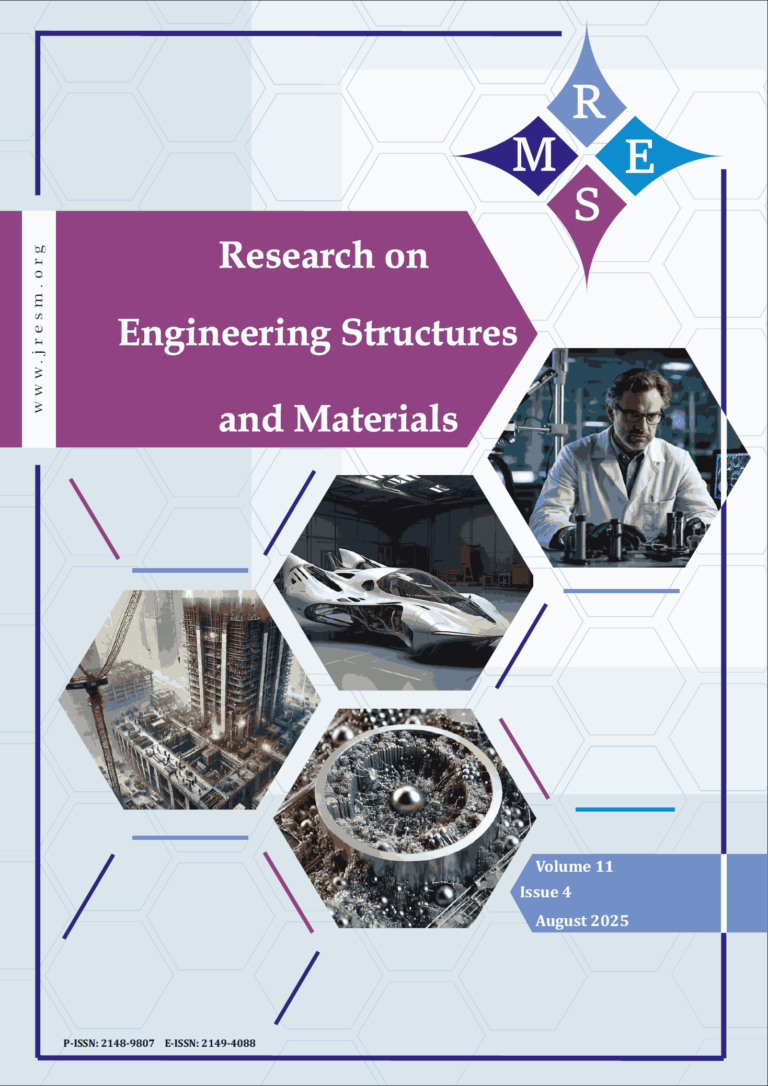Porous asphalt (PA) mixtures typically contain a high proportion of coarse aggregates with minimal fine aggregates, along with a binder that creates ample space for water drainage. Since road construction consumes large quantities of aggregates, recycling and reusing materials have become common practices. This study focuses on developing PA by partially replacing traditional aggregates with pulverized surface-dressed pavement material (PSM) and modifying bitumen with low-density polyethylene (LDPE). The mixtures were produced using 60/70 penetration grade bitumen modified with 2%, 4%, and 6% LDPE waste and 20%, 40%, 60%, and 80% PSM. Adding LDPE waste to the bitumen altered key properties, such as the softening point, penetration, flashpoint, and ductility, resulting in a stiffer binder. Replacing aggregates with PSM reduced both stability and flow, leading to a lower Marshall quotient. Flow values for all trial mixes did not meet AAPA (2004) standards, while stability values slightly decreased as LDPE content increased from 2% to 6%. Despite this, all samples met the AAPA (2004) stability standard. The sample containing 2% LDPE and no PSM exhibited the highest Marshall quotient. Linear regression models were developed from experimental data to highlight the relationships between the measured responses and the variables. These polynomial equations demonstrated a strong correlation, indicated by high coefficients of determination. The study introduces an innovative approach by incorporating PSM and LDPE, largely unexplored in PA production, especially in Nigeria. The major societal benefits include reducing environmental pollution through plastic waste reuse, conserving natural aggregates, and promoting cost-effective construction practices. By advancing the use of recycled materials, this research supports sustainable infrastructure development while maintaining compliance with industry standards.
